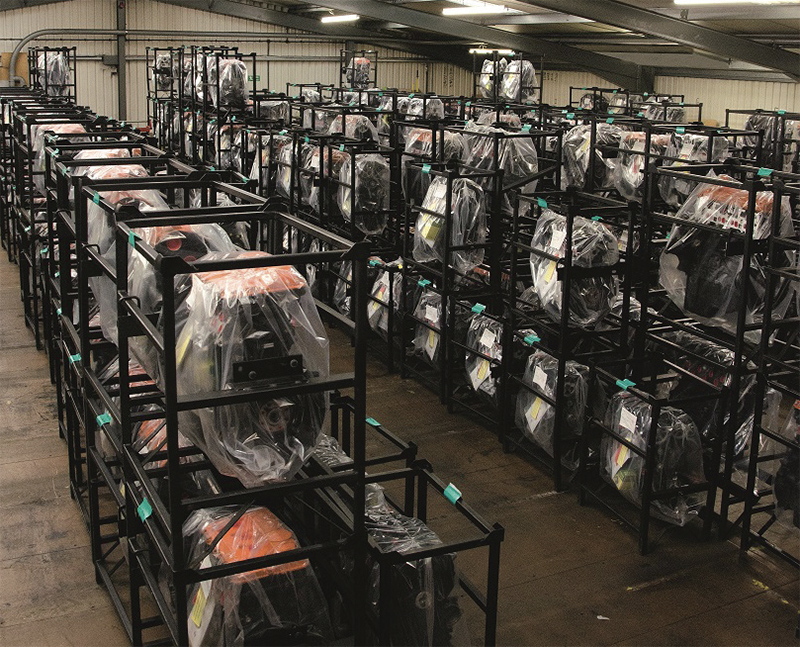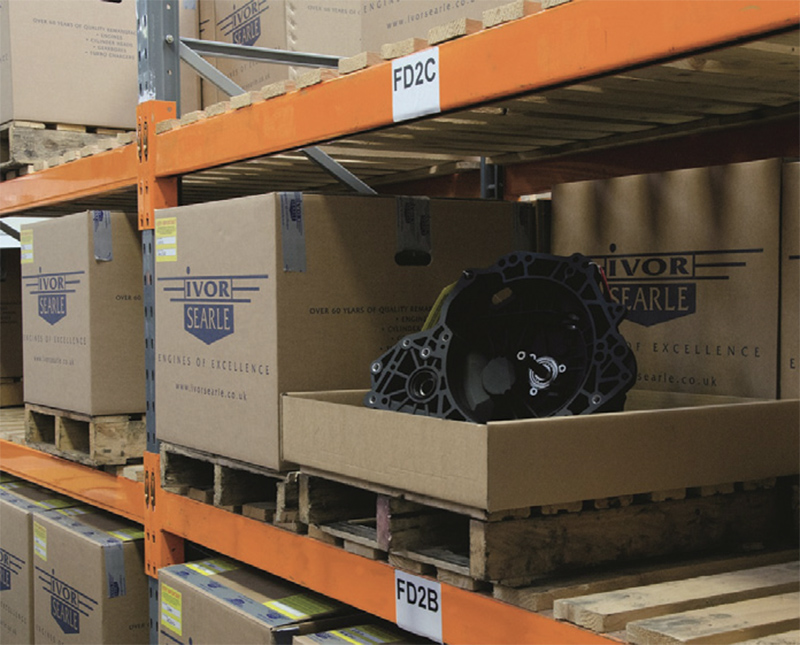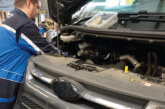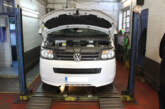The benefits of remanufactured products

Ivor Searle explores the benefits of using remanufactured products in LCV repairs.
Remanufactured automotive products emerged due to the need to conserve resources and create jobs to support the rebuilding of the country’s economy at the end of the second world war. Eight decades later, remanufacturing has evolved significantly in the drive to a more circular economy where products are designed to be straightforward to disassemble. This allows them to be remanufactured multiple times, providing both environmental and economic benefits. While remanufacturing is employed across a number of diverse industries such as automotive, aerospace and electronics, they all share the ability to produce a second life product that is equal to the performance of the original item.

A sustainable solution
As well as saving natural resources, remanufactured products also offer a much more sustainable solution, as considerably less energy and materials are used in the remanufacturing process. For example, engines remanufactured by Ivor Searle are said to save around 55 kilos in core metal and up to 85% of the engine’s original components are returned to OEM specification. All waste metals from the process, such as old pistons and swarf produced by machining, are also collected for recycling.
Covering a range of LCV product areas including rotating electrics, fuel injection and electronics, as well as major units such as engines, gearboxes and turbos, remanufacturing plays a significant role in the automotive aftermarket where replacement components are needed to repair and maintain the country’s van parc. Supported by well-established exchange programmes, remanufacturing also helps to ensure that parts are available for some time after production of a particular vehicle has ceased.

Quality first
Adherence to quality and industry standards are critical factors in automotive remanufacturing. For example, a remanufactured engine is required to meet a specific standard for it to be described as such under BSI AU 257:2002. This is a British standard automobile series code of practice that applies to the remanufacturing of internal combustion engines. The standard fully details the procedures and operations for the remanufacturing of both petrol and diesel engines.
While price and product availability remain key factors for commercial vehicle workshops buying remanufactured products, with major units such as Ivor Searle engines costing around 40 per cent less than brand new, the sustainability advantages of remanufacturing are also becoming increasingly important for garages as end-users, including fleet customers and owner operators, will increasingly demand a more sustainable approach to vehicle repairs and maintenance and the parts that are used.






